JEY LEY, FEATURED IN THE NEW OCEAN STATE REVIEW
Dance of the Grove Boar
“I believe there is no joy in the work without its poison”
—Minami Azu, Butoh Dancer & Choreographer
Culm eater————
let the taste of it
move you
dance of the grove boar
Night perfumes————
lift the curtain of asbestos
dance of the grove boar
Snout in the mud————
measure the diameter
of your soul
dance of the grove boar
Rooting the dirt————
to let the world know
where you’ve been
dance of the grove boar
Inside the body————
a cabaret of silent screams
dance of the grove boar
On and off balance————
the mincing steps of cloven feet
dance of the grove boar
Beneath the surface————
bamboo shoots
and insects
of every monstrous gesture
dance of the wild boar
Let the taste of it move you
LET THE TASTE OF IT FEED YOU
The grove rots…renews…
revolts…reinvents…
improvises…
the grove…dances
Jey Ley on “Dance of the Grove Boar”:
Most poets have probably written at least one poem about the art of writing poetry—after all, it’s the form of art closest to a poet’s heart. However, there is evidence of Ars Poetica fatigue. Some journals go so far as to state in their submission guidelines that Ars Poetica is not accepted.
Fortunately, poets also write about other forms of art, such as music, dance, painting, and photography. These poems, however, typically fall into one of two broad categories. One category is Ekphrastic poetry, which describes in great detail a specific work of art. The other category belongs to Didactic poetry, which intends to teach readers, in this case, about a form of art by describing its history, founders, and/or technical terms.
While “Dance of the Grove Boar” is inspired by Butoh, an experimental form of dance theater in Japan, the piece is neither Ekphrastic nor Didactic. Instead of describing a specific work of Butoh or teaching about this unique art, I translated the body language of Butoh into poetry to convey a message that is still mine. In this way, I pay homage by showing how the language of Butoh is especially adept at conveying certain truths about life.
On a related note, just like Ars Poetica is a common style for poets, so are epigraphs quoting other poets and writers. However, I would like to see more poets not only quote non-writers, but also promote lesser known artists.
Jey Ley is a visual artist and new writer based in Southwest Ohio whose poetry appears or will appear in The Rialto, Ocean State Review, VOLT, South Dakota Review, The Hollins Critic, Santa Clara Review, Lullwater Review, Hurricane Review, Botticelli Magazine, and elsewhere. Visit @jeyleyjey on Instagram.

